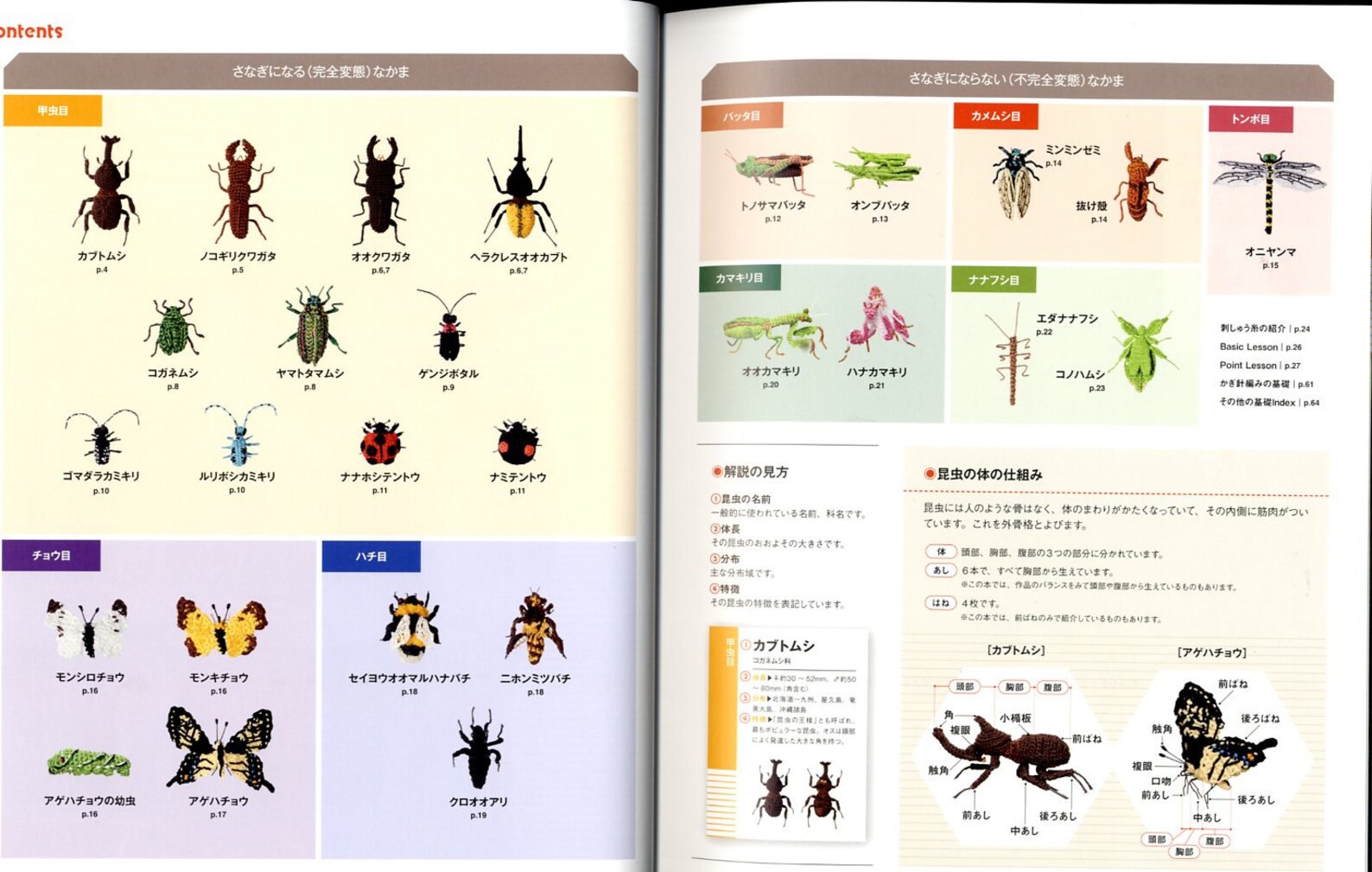Are you ready to embark on an imaginative journey that will not only stretch your creativity but also deepen your understanding of the fascinating world of insects? Consider this a playful challenge: How well do you know the tiny creatures that traverse our gardens, flit through the air, and go unnoticed in our homes? The incorporation of insects into crafting—specifically through the lens of encyclopedic projects—offers limitless potential for artistry, education, and exploration. Let’s delve into how creating insect encyclopedias can transform your perspective on these natural wonders.
Insects, the most diverse group of organisms on Earth, boast a staggering variety of forms, sizes, and colors. From the enchanting blue morpho butterfly to the diminutive yet industrious ant, each species possesses unique characteristics worth documenting. Crafting a project insect encyclopedia provides an opportunity to celebrate this extraordinary diversity in a tangible format. Not only does this endeavor sharpen observation skills, but it also encourages a deep-seated appreciation for biodiversity.
The first step in constructing your own insect encyclopedia is to conduct thorough research. Explore habitats, diets, and life cycles of various species. Utilize reliable sources: field guides, scientific articles, and educational websites can be instrumental in gathering factual information. As you immerse yourself in the world of insects, you might encounter intriguing terminology—a chance to enhance your lexicon and convey precise descriptions in your entries. Words like “exoskeleton,” “metamorphosis,” and “pollination” will convey a depth of understanding to your encyclopedia that readers can deeply appreciate.
After collating your data, it’s time to choose your medium. An insect encyclopedia does not need to exist solely in the realm of paper or digital formats. Consider creating a three-dimensional project that includes preserved specimens or sketches alongside descriptive entries. Make use of natural elements like twigs, leaves, and flowers to create an aesthetically pleasing backdrop for your contributions. For instance, using a shadow box to showcase a butterfly alongside annotations about its habitat and behavior yields an engaging visual presentation.
Alternatively, digital platforms offer myriad possibilities for curating your encyclopedia. Websites, blogs or even social media accounts can serve as interactive venues, allowing you to share your findings and connect with fellow enthusiasts. Utilizing multimedia elements such as videos, or photo galleries can provide a richer and more immersive experience for your audience. The instant feedback from followers can be incredibly rewarding, paving the way for further exploration and discussion.
Let’s not forget the artistic side of the project. To truly bring your encyclopedia to life, infuse it with creativity. Crafting illustrations or utilizing photography can augment your project magnificently. Experiment with various artistic styles: watercolor, sketches, and mixed media can all play a role in captivating your audience. Insect-inspired crafts, such as miniature crochet patterns that replicate the delicate details of wings or antennae, can serve as charming embellishments within your encyclopedia. This tactile element will enable your readers—or yourself—to appreciate the intricate beauty inherent in each species.
As you progress, consider including personal anecdotes or field notes. The experience of observing insects in their natural habitat can lend a personal touch to your encyclopedia that transforms it from a mere compilation of facts into a compelling narrative. Was there a moment you witnessed a bee expertly pollinating a flower? Perhaps you found a ladybug crawling across your hand on a warm afternoon. These observations contribute layers of meaning and connection, allowing readers to relate their experiences to your entries.
One might be led to ponder: how does this artistic endeavor foster a greater awareness of environmental issues? The alarming decline of insect populations across the globe cannot be overlooked, and an insect encyclopedia serves as an enlightening vessel for addressing conservation. By digging deeper into the roles insects play in ecosystems—be it as pollinators, scavengers, or prey—your project can become a clarion call for the protection of these invaluable organisms. Integrate sections discussing threats to insect habitats and the importance of sustainable practices to further engage your audience in meaningful conservation dialogue.
Finally, share your finished product! Consider hosting a mini-exhibition where friends and family can explore your insect encyclopedia. This event can serve as an educational experience, fostering discussions about the importance of insects and the impact they have on our daily lives. Engaging with the community fosters connections not only to your work but also to one another—with shared enthusiasm for the small yet significant beings that inhabit our world.
By undertaking the challenge of creating an insect encyclopedia, you embark on a project that synthesizes artistry, science, and environmental advocacy. With each turn of the page, you deepen your appreciation for the intricate web of life that exists all around us. So, are you ready to discover the incredible world of insects and challenge your creativity? Your journey awaits, and what you learn may forever change the way you see the small, bustling world beneath your feet.









Leave a Comment